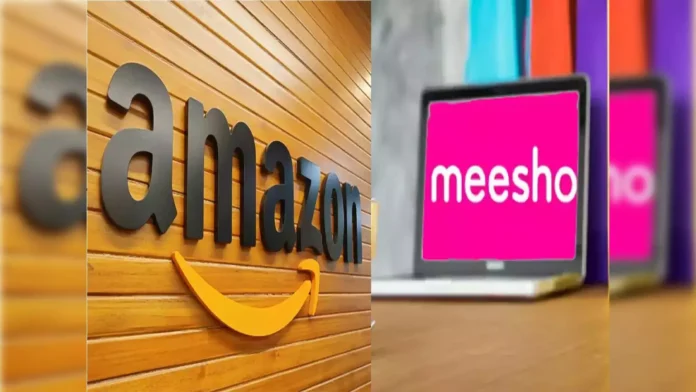In the ever-evolving world of e-commerce, two platforms have emerged as significant players: Meesho and Amazon. While both aim to offer a wide array of products to consumers, their approaches, business models, and market strategies differ significantly. Understanding these differences can help consumers and sellers alike make informed decisions. Here’s a closer look at how is meesho different from amazon.
Business Models: The Fundamentals
Diversification is another important element of Amazon, which is one of the leaders in the global market. It operates like a huge marketing place where consumers meet producers and, at the same time, own a large stock. Some of Amazon’s features are Prime memberships; others are AWS, the cloud service; and lastly, it’s a great network of warehouses and logistics. This extensive infrastructure allows Amazon to offer a broad range of products with fast delivery options and reliable customer service.
On the other hand, Meesho is an India-based e-commerce company, restricted to social commerce. They allow small enterprises and people to sell the products they produce through social media platforms. Meesho operates on Avision, where the company sells directly to resellers, who will then vend their products via social sites such as Facebook and WhatsApp. This approach allows Meesho to tap into the grassroots level of e-commerce, leveraging personal networks and social influence.
Product Range and Pricing
First, Amazon has one of the most extensive product offerings. Amazon carries everything from electronics to books, clothes to food, and toys to land; the interminable list continues. Its pricing strategy is competitive, often featuring deals and discounts that attract a wide range of customers.
Although not as broad as Amazon, Meesho targets a niche category of consumers in terms of the products that it offers—affordable fashion and lifestyle products. It is expected to find fashionable apparel, accessories, trinkets, and furniture from the platform at affordable prices. Meesho’s unique selling proposition is its ability to offer fashion items at lower pricing due to its network of resellers who often buy in bulk.
User Experience: Navigating the Platforms
Amazon’s interaction with its users is optimized with an eye on usability. Since Amazon has better algorithms, it gives relevant recommendations depending on previous purchases and search behavior. The platform’s interface is polished, with advanced search filters and customer reviews that help users make informed decisions.
Meesho supports social commerce; it has a unique user interface. Otherwise, the platform structure is straightforward, indicating primarily the available products and reseller’s profiles. Transactions often occur through social media channels, which can offer a more personalized shopping experience but may lack the sophistication of Amazon’s advanced features.
Conclusion
The amazon vs meesho represents two distinct approaches to e-commerce. Amazon’s extensive infrastructure and diversified model make it a go-to platform for a wide range of products and reliable service. Meesho’s focus on social commerce and affordable fashion offers a unique value proposition, particularly for those engaged in the reseller community. Understanding these differences can help consumers and sellers choose the platform that best aligns with their needs and goals. Whether seeking a vast product selection and quick delivery or leveraging social networks for sales, both platforms offer compelling benefits in the e-commerce landscape.



